Vintages - New World Pinot Noir

New World Pinot Noir
Born in Burgundy but now an elegant star in cool-climate New World regions too, Pinot Noir is a favourite of intrepid winemakers and discerning wine lovers alike.
Quite possibly the most evocative and expressive of all red wine varietals, the “heartbreak grape” wears its terroir on its sleeve. Like any proper diva, its demands are non-negotiable – definitively cool climate, meticulous vineyard care, precisely sufficient airflow, just-so water levels and drainage in very particular soil types – but when they’re met, the results can be transcendent. In fact, its allure is such that for many vintners, the quest to grow quality Pinot in all its pristine perfection is the Holy Grail of winemaking. Here are wines from eight producers, across six New World regions, who’ve found success with Pinot Noir.
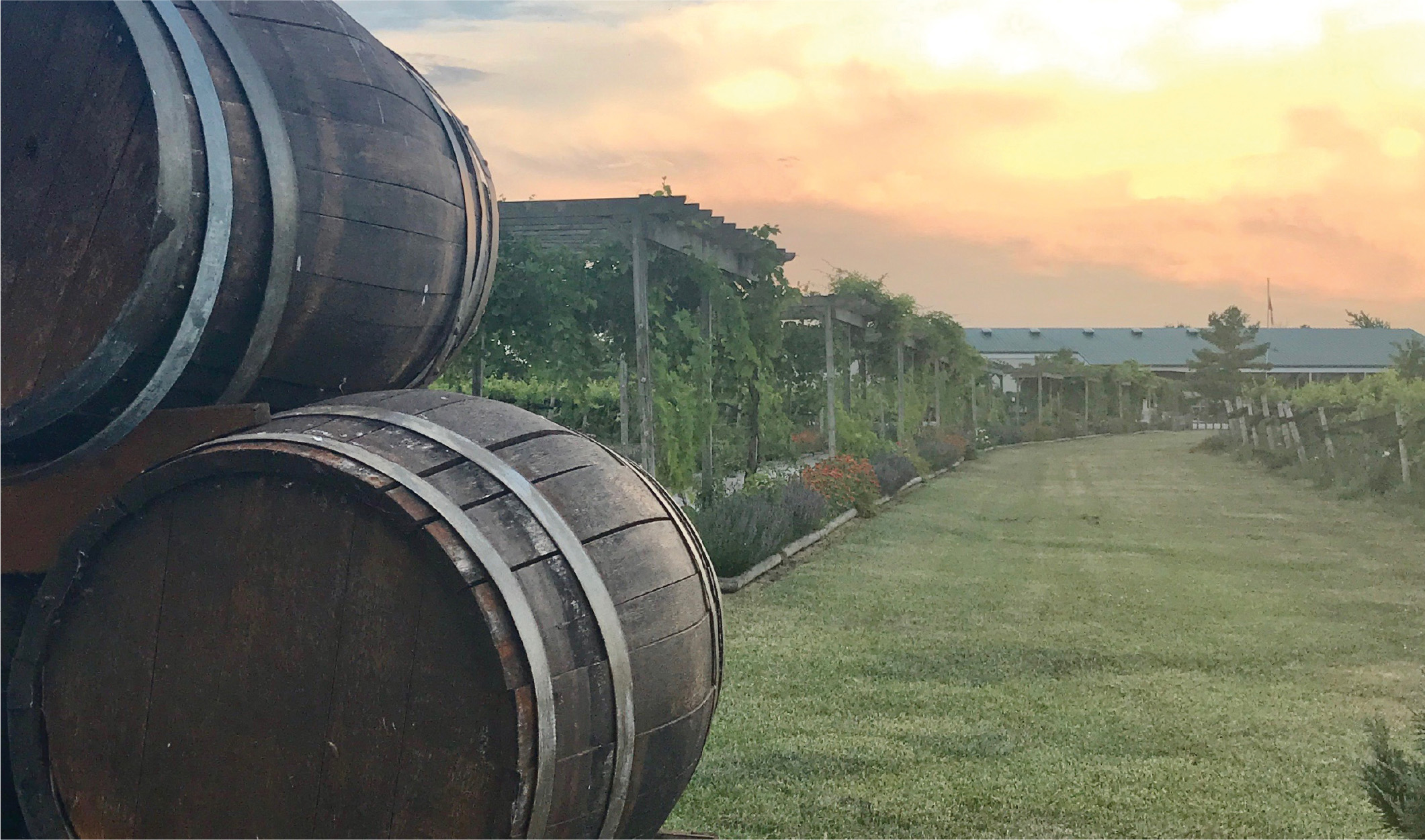
Pinot in Ontario
Our cool climate is just right for Pinot Noir. Besides this rule of cool, many local vineyards have much more to recommend Pinot. Breezes coming off the Great Lakes help keep vines healthy and pest-free along the shores and islands, as does the wind exposure afforded to vineyards on or atop the Niagara Escarpment and its Benches. Moreover, the limestone prevalent in the Canadian Shield (as in Burgundy) defines some of Pinot’s favourite soil types in which to grow, and often contributes distinctive mineral character to the wines.
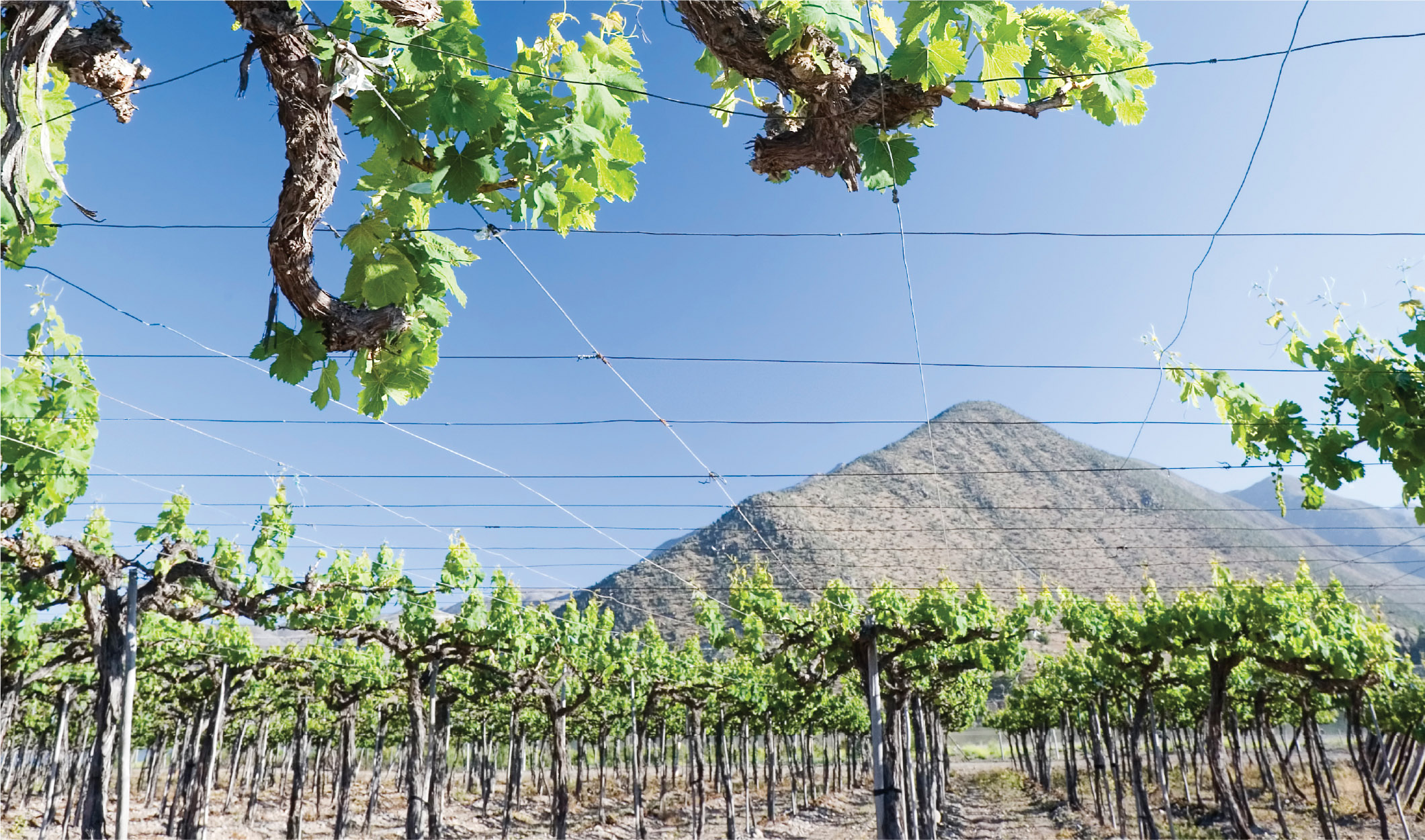
Pinot in Chile
The remarkable geographical and topographical diversity of Chile affords many little havens in which Pinot Noir can thrive. Coastal vineyards closest to the Pacific Ocean enjoy a cool climate and brisk maritime breezes, while those in the foothills of the Andes often feature rocky, well-drained soils along with the altitude to provide cool temperatures. The absence of phylloxera in Chilean vineyards also means Pinot there can grow on its original rootstocks, providing perhaps an even clearer expression of place.
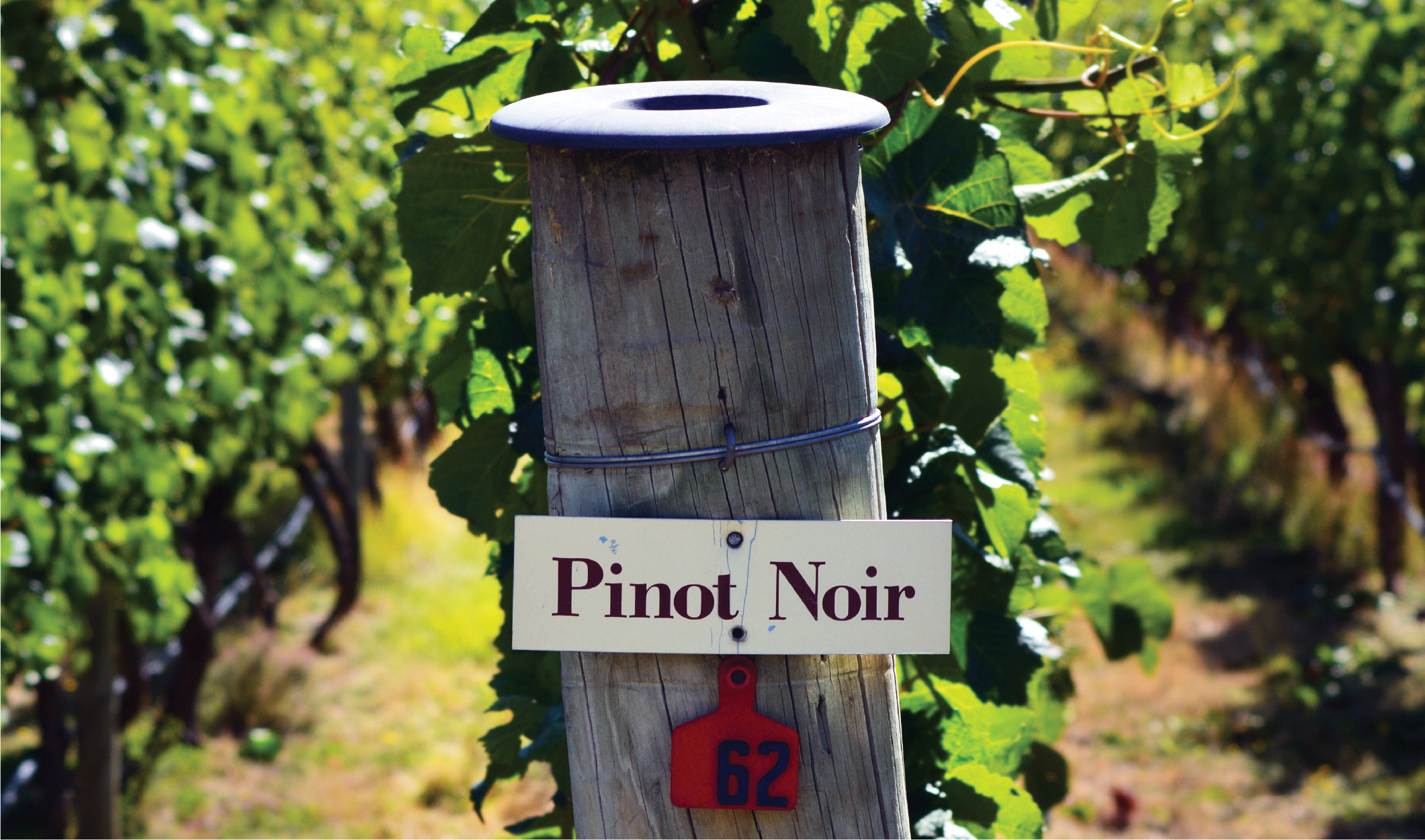
Pinot in New Zealand
Consisting as it does of two islands, it’s no wonder New Zealand and its vineyards experience the cool climates and vine-cleansing powers of ocean breezes. From its place on the northern tip of the South Island, Marlborough enjoys additional airflow courtesy of rushing rivers, while the Kaikōura Ranges foothills provide elevation and drainage. Just across the Cook Straight at the southern tip of the North Island sits Wairarapa, which benefits similarly from the foothills of the Tararua Ranges. Pinot Noir from either of New Zealand’s islands tends to showcase the varietal’s bright, tangy berry fruit.
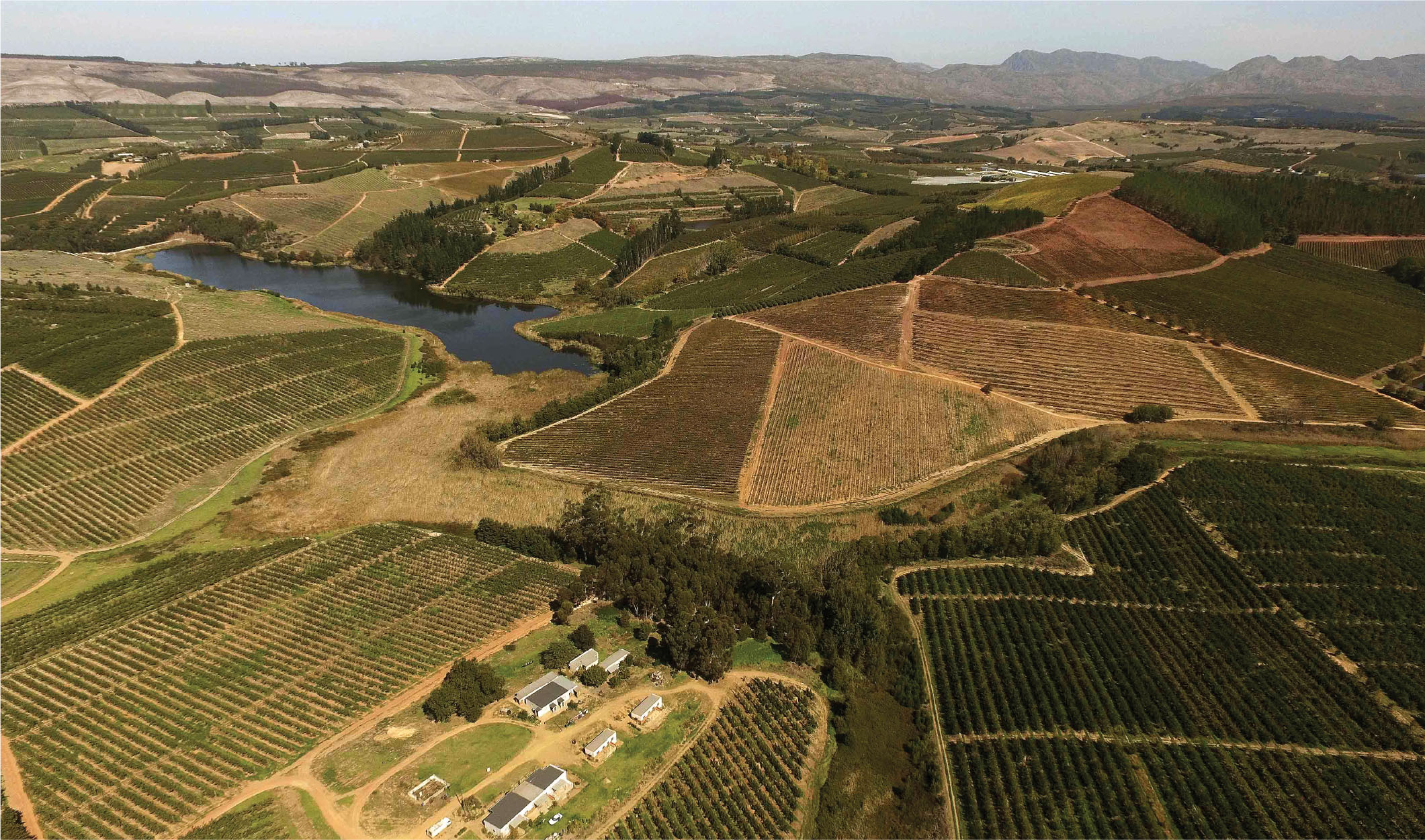
Pinot in South Africa
Given the continent on which it’s situated, it can be easy to forget that South Africa is actually a classically cool-climate wine region. Surrounded on one side by ocean and sheltered on the other by mountains, South African vineyards are in fact ideal for Pinot Noir. In particular the Elgin region, nestled among the Hottentots Holland Mountains just a dozen kilometres from the South Atlantic Ocean, is known for its Pinot Noirs, which tend to highlight the varietal’s elegantly perfumed floral character.
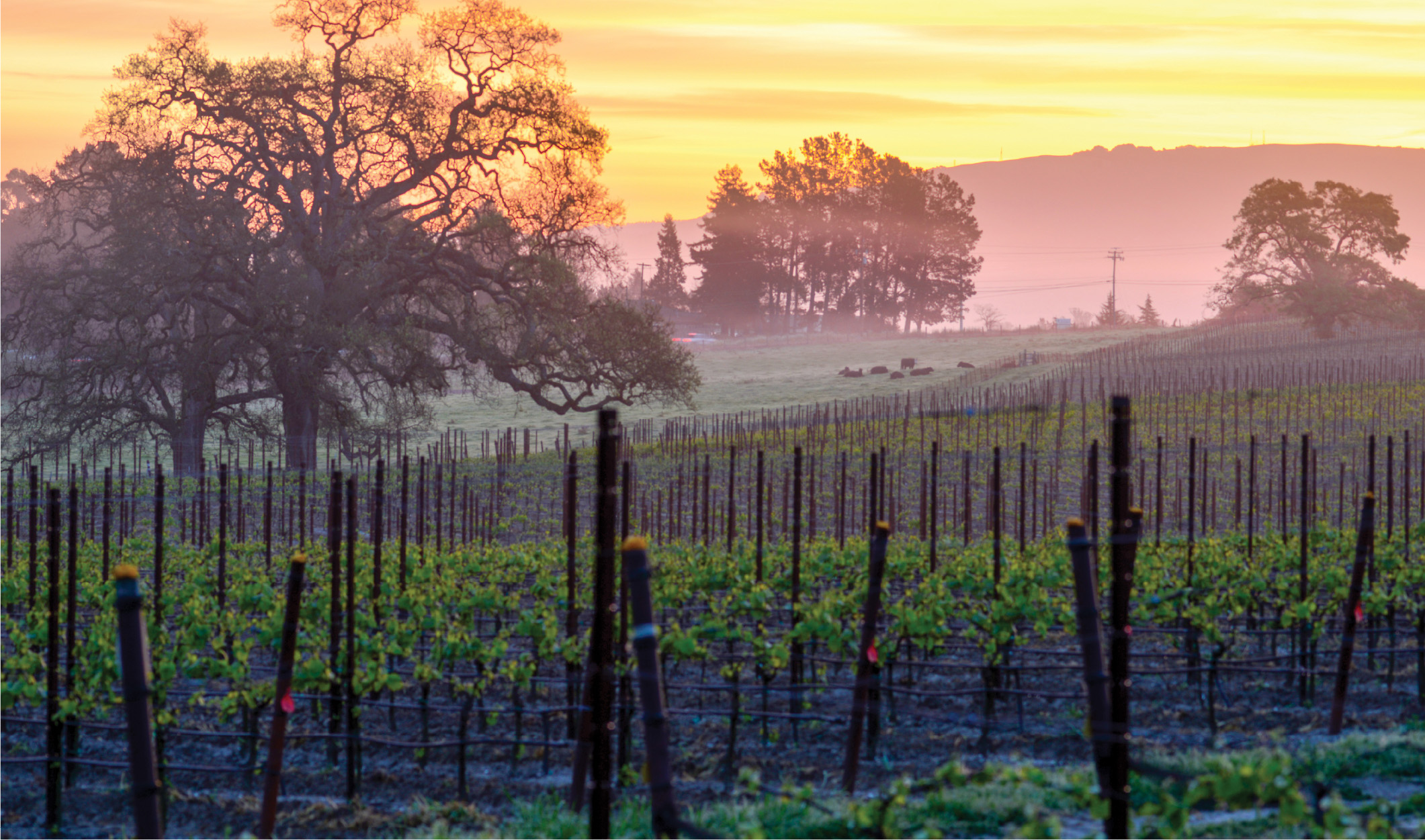
Pinot in California
Much of the Golden State is, of course, warm climate, yet nonetheless there are pockets where Pinot Noir can thrive. Keys to success are mountain altitudes, maritime fogs or coastal breezes, or some combination of these. Coastal vineyards often experience all three, as brisk fogs roll in off the waters and start their journey past the soaring seaside hills and into the valleys beyond. Even so, the plentiful Californian sunshine tends to bring out the fruit-forward intensity of Pinot Noir.
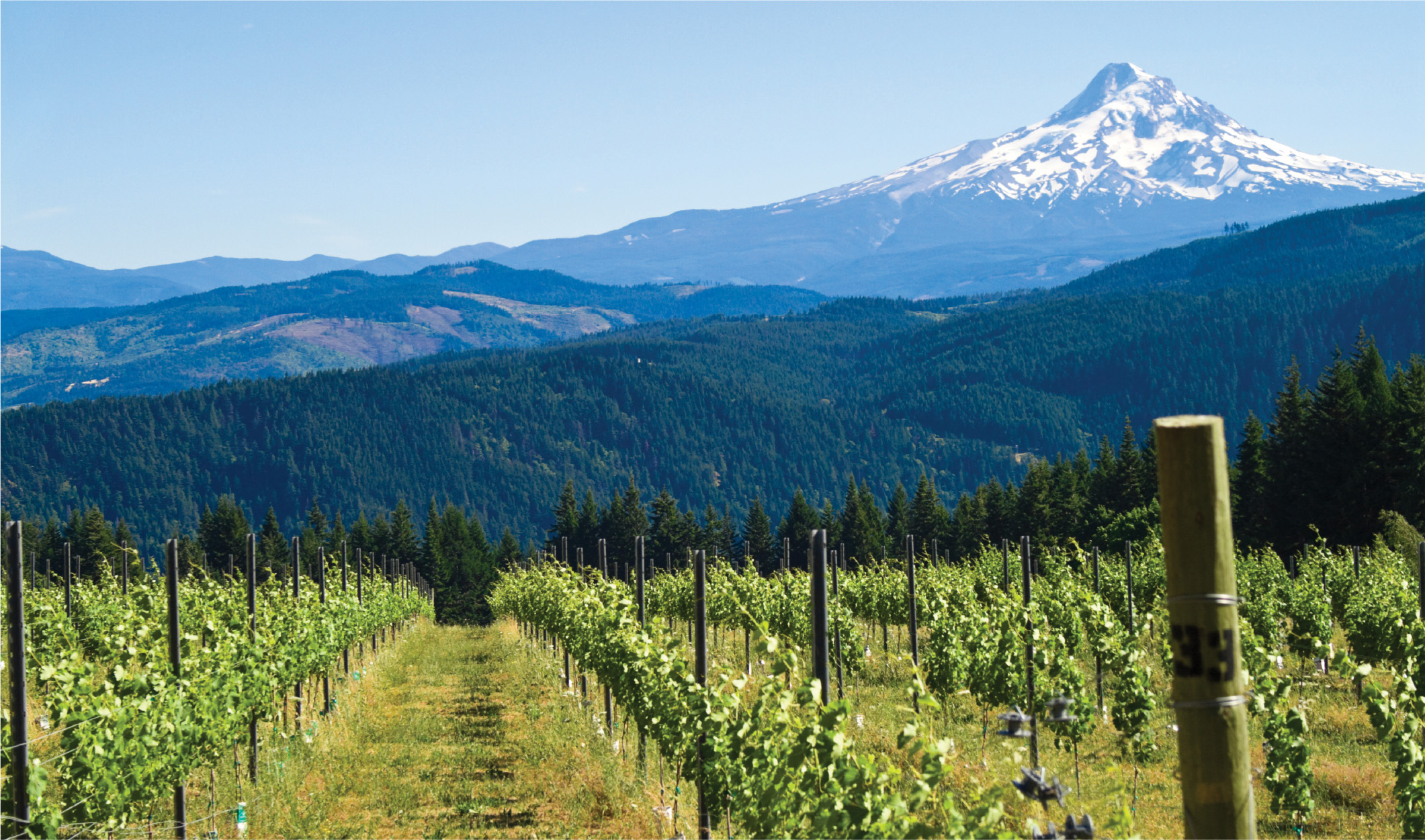
Pinot in Oregon
Along with Ontario, the New World wine region most similar to Pinot Noir’s Burgundian home is Oregon. Here mountains and maritime influence combine to create the ideal cool climate, while many vineyards also feature the limestone the varietal loves so well. In fact, like Burgundy’s, Oregon’s climate is so temperate that red wine grapes besides Pinot Noir are a rare sight. The wines tend to be elegant, delicate and subtle, while evoking the character of a particular terroir.
Get our Latest News!
Be the first to hear about new arrivals, special offers, virtual events and more.
Get to Know Us!
Everything we are in a nutshell.

